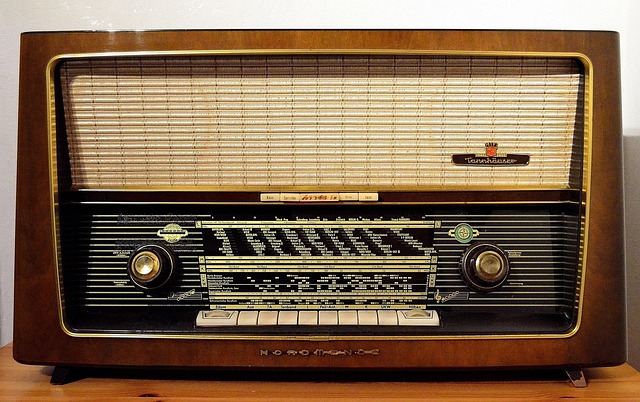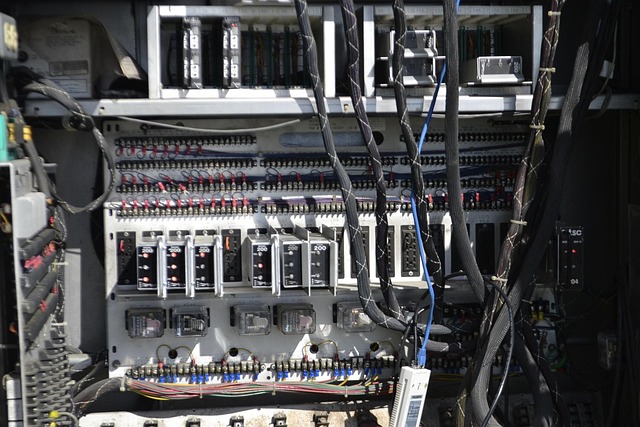Demystifying the Power of Radio Frequency in Hardware: How it Drives Innovation
In the vast world of hardware, few forces have the transformative impact of radio frequency (RF). It’s a concept that might sound technical or even abstract to many, but its influence touches every corner of modern technology, powering everything from the smartphone in your hand to the wireless networks connecting our planet.
At its core, radio frequency refers to the electromagnetic waves used to transmit data wirelessly. Unlike the wires and cables of old, RF waves travel invisibly through air, enabling devices to communicate without physical connections. This freedom sparks innovation, offering unprecedented design possibilities and user convenience.
The Emotional Connection: Harnessing Invisible Forces
Imagine holding a device that connects seamlessly to the world without a single cable—a laptop accessing high-speed internet from a coffee shop, a smartwatch receiving notifications as you jog, or home appliances communicating effortlessly to improve your lifestyle. This invisible magic is driven by radio frequency.
For hardware enthusiasts and everyday users alike, RF represents more than just waves and frequencies. It embodies freedom, connection, and the thrill of possibility. It’s the unseen glue binding modern devices, enabling a lifestyle that once belonged only to science fiction.
Innovative Hardware Enabled by Radio Frequency
- Wireless Communication Devices: Cellular phones, Wi-Fi routers, and Bluetooth gadgets rely on carefully tuned RF technology, optimizing performance while minimizing interference.
- RFID Systems: From inventory tracking to contactless payments, RFID tags use radio frequencies to send data without direct contact, streamlining countless industries.
- Medical Equipment: Advanced medical devices use RF for diagnostics and treatment, enabling non-invasive procedures that improve patient outcomes.
- Automotive Innovations: Modern vehicles incorporate RF for keyless entry, collision avoidance, and vehicle-to-vehicle communication, enhancing safety and convenience.
The Challenges and the Drive for Better Hardware
Working with radio frequency is not without its challenges. Hardware engineers must carefully manage interference, signal attenuation, and regulatory constraints. Yet these hurdles fuel innovation, pushing creators to devise smarter antennas, efficient power usage, and adaptive systems that thrive in a noisy electromagnetic environment.
This constant pursuit of better RF hardware cultivates a cycle of innovation that ripples beyond wireless communication—impacting fields like quantum computing, space exploration, and beyond.
Final Thoughts
When you think about radio frequency in the context of hardware, it’s not just about technology. It’s about the connection between people, devices, and the world around us. It’s about the relentless human ingenuity that transforms invisible waves into tools we rely on every day. By understanding the power and beauty of RF, we gain a deeper appreciation for the hardware innovations that shape our lives and gatekeep the future of connectivity and beyond.




